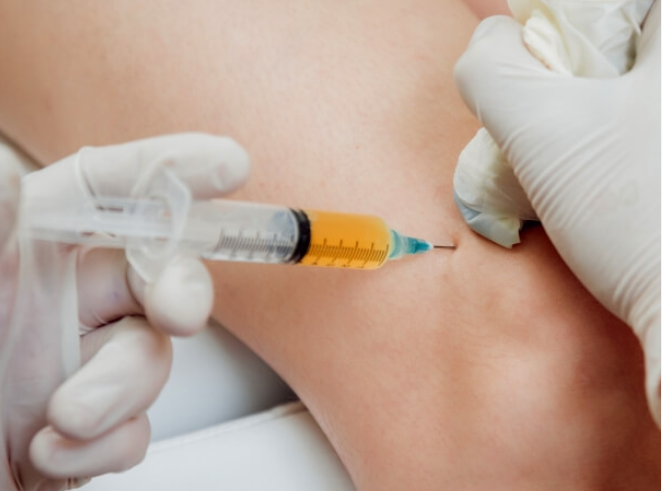Platelet-Rich Plasma (PRP) therapy has earned its place in the world of regenerative medicine and aesthetics for its remarkable ability to harness the body’s innate healing potential. Whether you’re seeking PRP for hair restoration, skin rejuvenation, or another purpose, one question often arises: How often should PRP treatments be administered? In this blog, we’ll embark on a journey through the principles of PRP therapy frequency, exploring the factors that influence treatment intervals.
The Essence of PRP Therapy
Before diving into the ideal frequency of PRP treatments, it’s essential to grasp the essence of PRP therapy. PRP is derived from your own blood and contains a high concentration of platelets and growth factors. These natural components play a crucial role in tissue repair, collagen production, and cellular rejuvenation. PRP therapy taps into this regenerative power to achieve various health and aesthetic goals.
Factors Influencing PRP Treatment Frequency:
The frequency of PRP treatments can vary based on several factors, including the specific treatment area, the nature of the condition, and individual responses. Here’s a closer look at these influential factors:
1. Treatment Objective:
The purpose of your PRP therapy plays a significant role in determining treatment frequency. For example, individuals seeking skin rejuvenation may require a different schedule compared to those undergoing PRP for hair restoration.
2. Severity of Condition:
The severity of the condition being treated is a crucial factor. More severe or advanced conditions may necessitate more frequent treatments initially to achieve optimal results.
3. Individual Response:
How your body responds to PRP therapy is unique to you. Some individuals may require fewer treatments to achieve their desired outcome, while others may need more sessions.
4. Treatment Area:
The treatment area also influences the frequency. Smaller areas, such as the face for skin rejuvenation, may require less frequent treatments compared to larger areas like the scalp for hair restoration.
5. Treatment Plan:
Your healthcare provider will work with you to create a personalized treatment plan that considers all these factors. They will recommend an appropriate schedule based on your specific needs and goals.
Typical PRP Treatment Frequencies:
While treatment frequencies can vary, here are some general guidelines for common PRP treatment objectives:
1. Skin Rejuvenation:
For skin rejuvenation, a typical treatment schedule may involve three to four sessions spaced about four to six weeks apart. Maintenance sessions may be recommended every six to 12 months to sustain results.
2. Hair Restoration:
PRP for hair restoration often requires an initial series of treatments, with sessions scheduled at intervals of three to six weeks. After the initial series, maintenance treatments may be advised every three to six months.
3. Other Applications:
PRP therapy for other applications, such as joint pain or sports injuries, may have varying treatment frequencies. Your healthcare provider will design a customized plan based on your condition and response.
Conclusion: Nurturing Progress
The ideal frequency of PRP treatments is a collaborative decision between you and your healthcare provider. While there are general guidelines, the key to successful PRP therapy lies in personalized treatment plans tailored to your unique needs and objectives.
PRP therapy is not just about immediate results; it’s about nurturing progress and allowing your body to heal and rejuvenate over time. So, as you embark on your PRP journey, trust in the wisdom of your provider, embrace the journey of transformation, and let the remarkable benefits of PRP therapy unfold at a pace that suits your individual progress.








